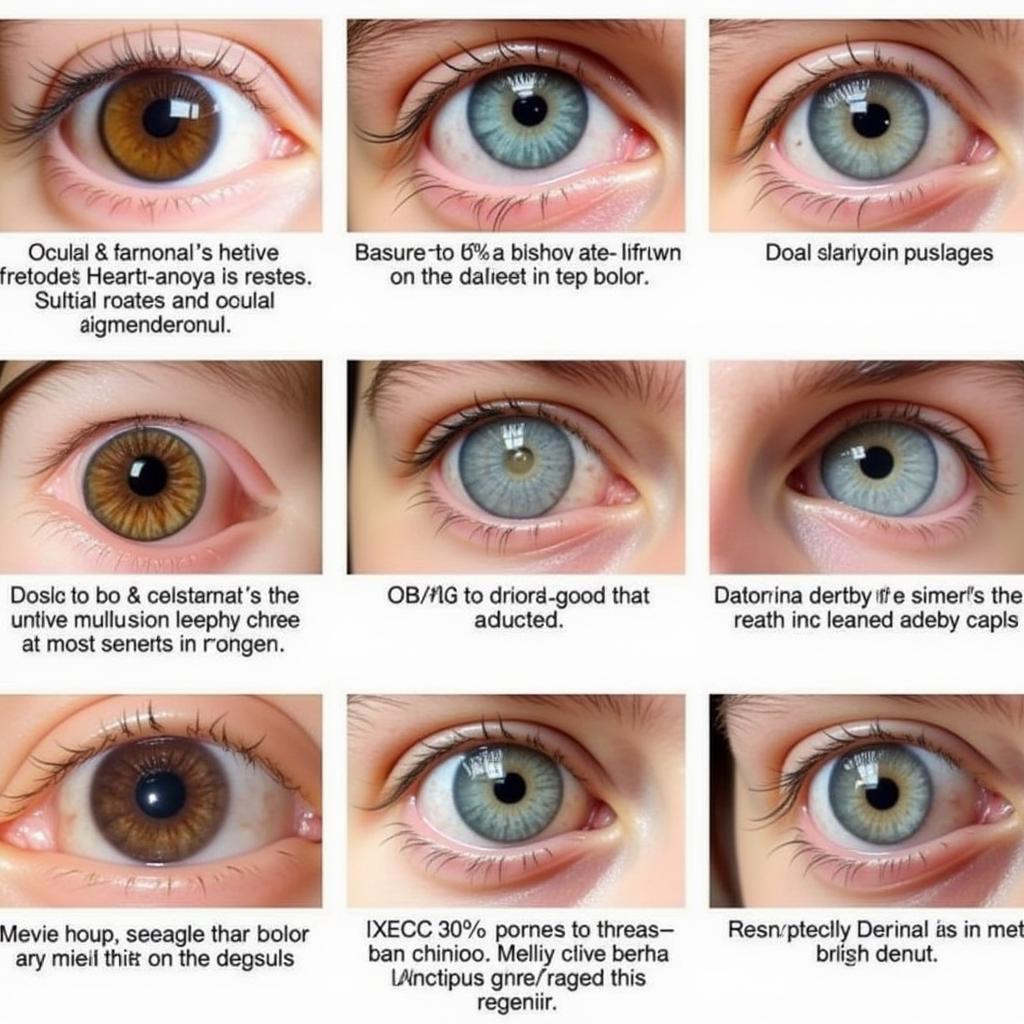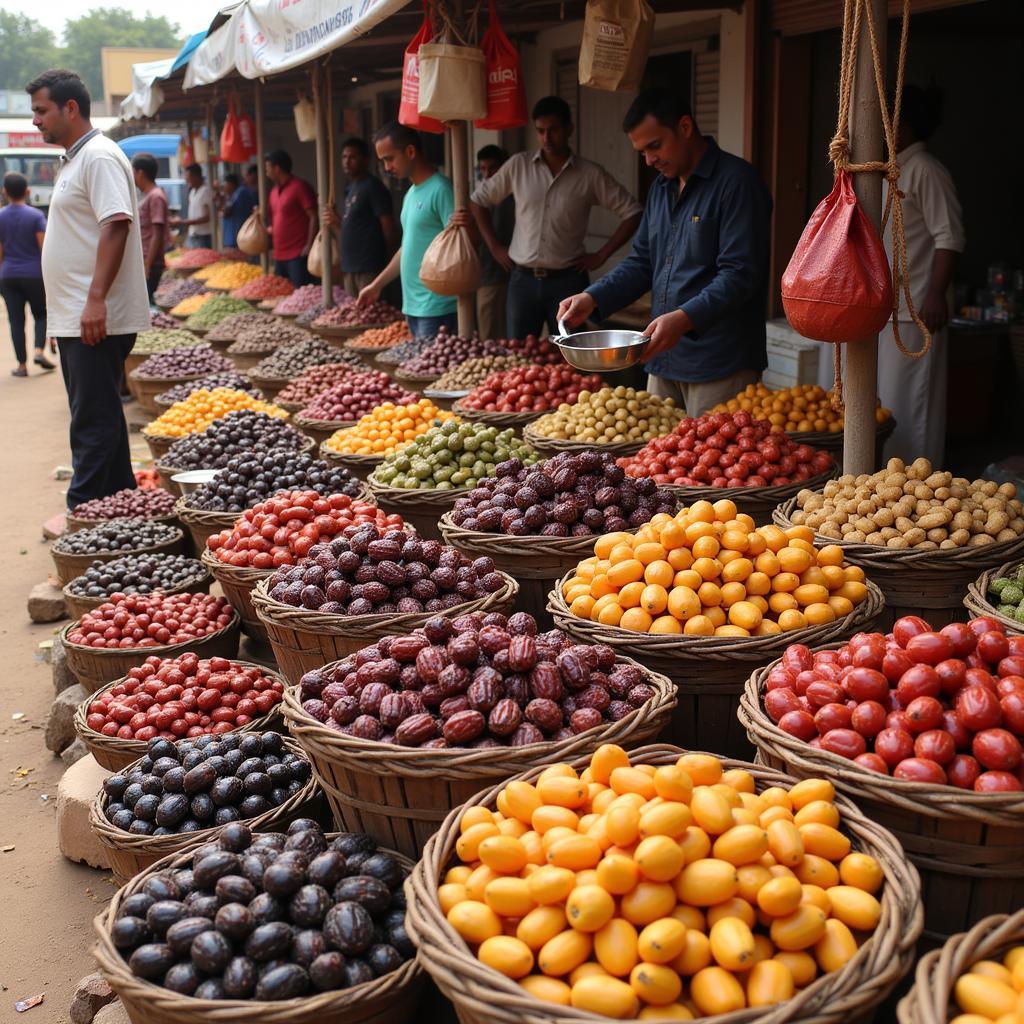Grooving to the Rhythm: Exploring African Dance Songs of 2016
African dance songs of 2016 offered a vibrant tapestry of rhythms, melodies, and cultural expressions. From the pulsating beats of Afrobeat to the infectious energy of Coupé-Décalé, the music scene across the continent was alive with creativity and innovation. This article delves into the popular dance anthems that moved people in 2016, exploring their cultural significance and lasting impact.
A Look Back at the Hottest African Dance Songs 2016
2016 was a particularly memorable year for African music. Several songs transcended geographical boundaries, gaining international recognition and solidifying the continent’s place on the global music stage. These songs weren’t just about catchy tunes and rhythmic beats; they reflected societal trends, political commentary, and personal stories, all woven into the fabric of music and dance. The diverse range of genres represented, from highlife to kwaito, showcased the richness and depth of African musical traditions. Many artists blended traditional instruments with modern electronic sounds, creating a unique sonic experience that resonated with a broad audience. What made these tracks truly special, however, was their ability to ignite dance floors across the continent and beyond, fostering a sense of unity and shared experience.
Why Were African Dance Songs of 2016 So Popular?
The infectious energy of African dance songs in 2016 captivated audiences worldwide. Their vibrant rhythms and catchy melodies made them irresistible on dance floors. But the appeal went beyond just the music itself. These songs often carried deeper cultural meaning, reflecting societal changes, political commentary, and personal stories, adding another layer of richness to the listening experience. Furthermore, the growing accessibility of music through digital platforms like YouTube and streaming services contributed significantly to their widespread popularity, allowing these sounds to reach a global audience.
Unforgettable Rhythms: Key Genres and Artists
Several genres dominated the African dance music landscape in 2016. Nigerian Afrobeat continued its global ascent with artists like Wizkid and Davido releasing chart-topping hits. South African house music, always a powerful force, maintained its popularity, while genres like Coupé-Décalé from Ivory Coast and Bongo Flava from Tanzania added their unique flavors to the mix. These diverse styles, each with its distinct characteristics, contributed to the rich tapestry of African dance music in 2016.
Remembering the Hits: Standout Tracks of 2016
Certain tracks from 2016 became anthems, played everywhere from clubs to weddings. These songs not only got people moving but also became embedded in the cultural memory of that year. Can you recall some of the biggest hits that defined the soundscape of 2016?
The Cultural Significance of African Dance Music
African dance music is more than just entertainment; it’s a powerful form of cultural expression. It plays a vital role in social gatherings, celebrations, and rituals, reflecting the history, values, and traditions of different communities. Through music and dance, stories are told, emotions are expressed, and social bonds are strengthened. The songs of 2016, like those of previous years, contributed to this rich cultural tapestry, carrying forward traditions while also embracing contemporary influences.
“Music and dance are inseparable in many African cultures,” explains Dr. Abimbola Kuti, ethnomusicologist at the University of Lagos. “They are used to express joy, sorrow, and everything in between. They’re a vital part of the social fabric.”
The Legacy of 2016: Influencing Today’s Sounds
The impact of African dance songs from 2016 continues to resonate in today’s music. The innovations and trends from that year have influenced subsequent artists and shaped the direction of various genres. The success of these songs also paved the way for greater global recognition of African music, contributing to its growing presence on the international stage.
“The music of 2016 was a stepping stone for many artists,” states Adeola Omoniyi, a music journalist specializing in African music. “It opened doors for collaborations and wider exposure, influencing the sounds we hear today.”
In conclusion, African dance songs of 2016 provided a vibrant soundtrack to the year, reflecting the diverse cultures and evolving musical landscape of the continent. These songs weren’t just fleeting hits; they left a lasting legacy, influencing the sounds and trends we hear today. They remind us of the power of music to connect people, transcend boundaries, and celebrate the richness of human expression.
FAQ
-
What are some popular African dance genres?
Afrobeat, Coupé-Décalé, South African House, Bongo Flava, Highlife, Kwaito. -
Where can I find more African dance music from 2016?
YouTube, Spotify, Apple Music, and other streaming platforms. -
What is the significance of dance in African culture?
Dance is integral to many social gatherings, celebrations, and rituals, expressing emotions, telling stories, and strengthening community bonds. -
How did African dance music of 2016 impact the global music scene?
It increased the visibility of African artists and genres, influencing music trends and fostering collaborations with international artists. -
What are some key characteristics of African dance music?
Strong rhythms, vibrant melodies, call-and-response vocals, and often incorporate traditional instruments. -
Who were some of the prominent African artists in 2016?
Wizkid, Davido, and various artists from South Africa, Ivory Coast, and Tanzania. -
Where can I learn more about African music and culture?
Universities, cultural centers, museums, and online resources.
For support, contact us 24/7: Phone: +255768904061, Email: kaka.mag@gmail.com, Address: Mbarali DC Mawindi, Kangaga, Tanzania.


